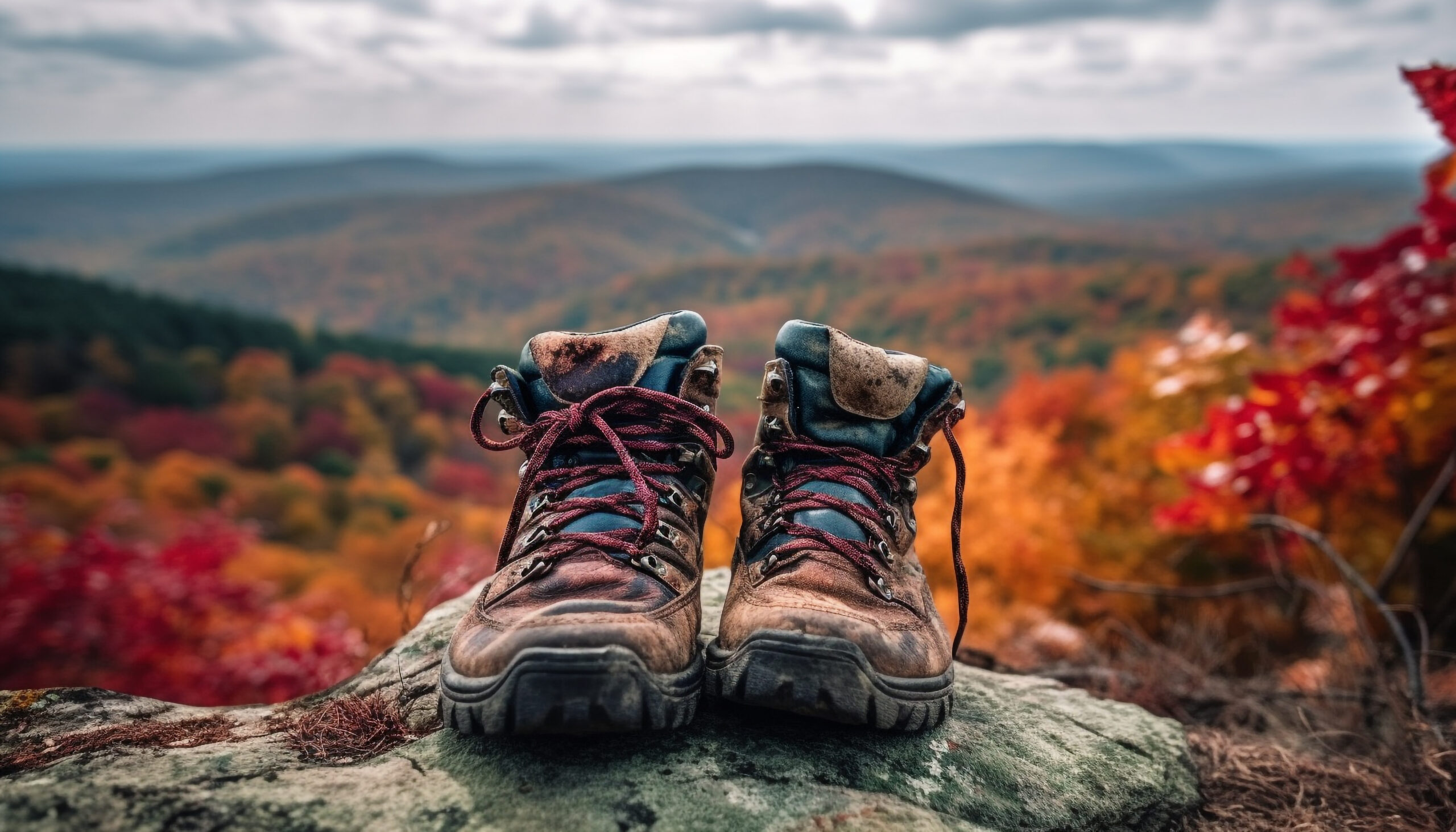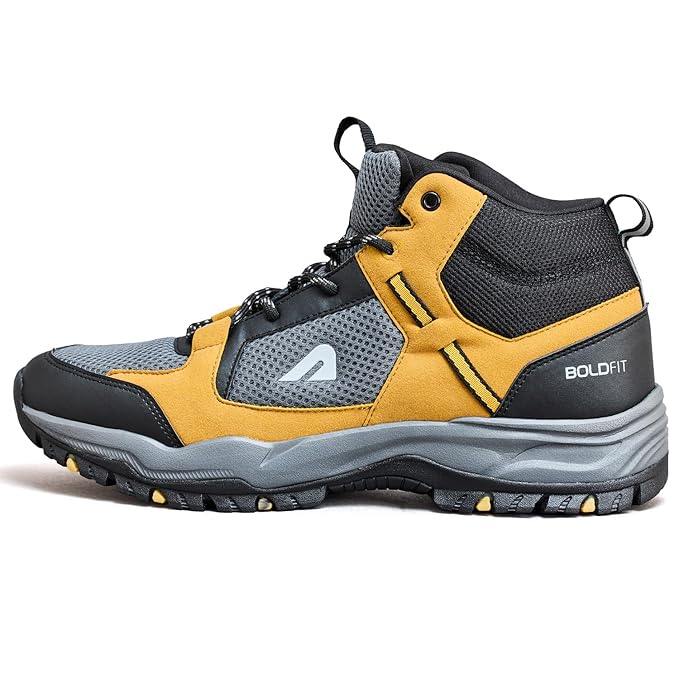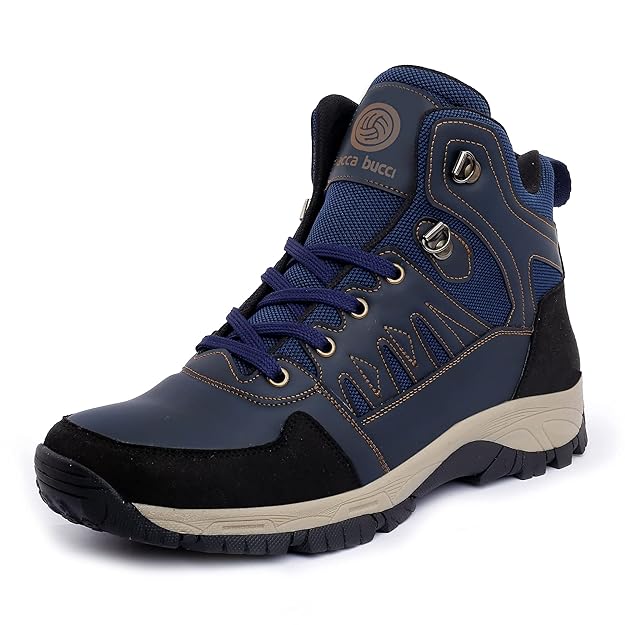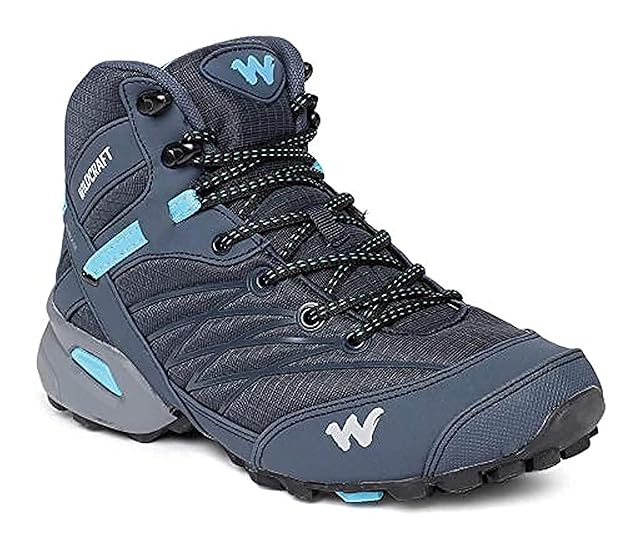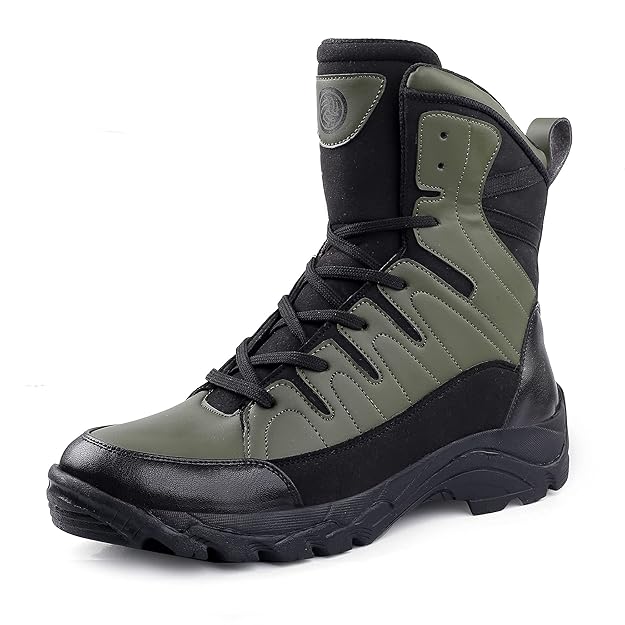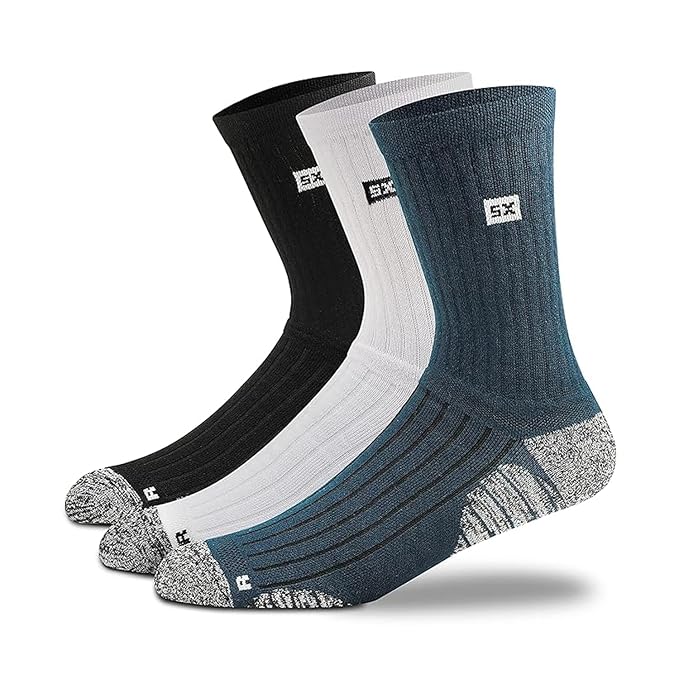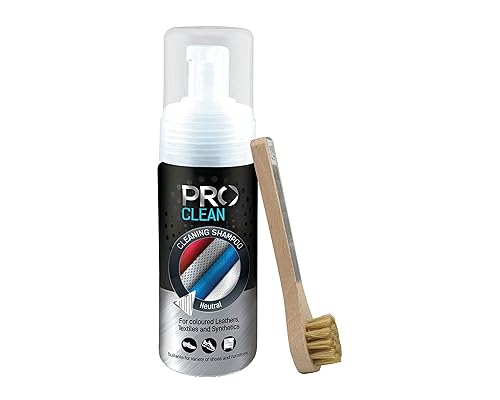Hiking is one of the most fulfilling ways to explore the great outdoors. But without the right footwear, your adventure can quickly turn into a painful experience. The key to a successful hike lies in choosing the perfect hiking shoes. These shoes provide support, durability, and comfort as you trek through various terrains. Whether you’re a beginner or an experienced hiker, learning how to select the best hiking shoes can dramatically improve your performance and protect your feet from blisters, fatigue, and injuries.
In this blog, we will guide you through everything you need to know about hiking shoes. From different types to features you should look out for, this guide will help you make an informed decision and enjoy your outdoor experience to the fullest.
Why Are Hiking Shoes So Important?
These are more than just a footwear. They offer the stability and support necessary for hiking on different terrains. Regular shoes cannot withstand the demands of rough surfaces, steep inclines, or slippery slopes. This is where hiking shoes stand out by offering essential features like traction, ankle support, and cushioning.
For longer hikes, investing in high-quality hiking shoes is essential to avoid injuries like sprained ankles or muscle strain. These shoes are designed to absorb shock, making them more suitable for walking long distances compared to regular running shoes. Choosing the right pair of hiking shoes will ensure that your journey is smooth and your feet remain comfortable, no matter how challenging the path becomes.
Types of Hiking Shoes
Not all hiking shoes are the same. Depending on your hiking environment and personal preference, you will find several types of shoes to choose from. Below are the most common options available:
1. Lightweight Hiking Shoes
Ideal for day hikes and short trips, lightweight shoes offer flexibility and are perfect for well-maintained trails. They are often similar to trail running shoes, providing comfort for those who want agility and lightness. However, they may not offer much support for challenging terrains, so they’re best for shorter hikes on even ground.
2. Midweight Hiking Shoes
These shoes strike a balance between lightweight options and heavy-duty boots. Midweight hiking shoes offer more stability, making them ideal for moderate trails and longer hikes. They provide better ankle support and are generally more durable than lighter models.
3. Heavy-Duty Hiking Boots
For serious hikers who traverse challenging terrains, heavy-duty hiking boots are the go-to choice. These boots are designed to protect your feet and ankles from rugged trails, sharp rocks, and steep climbs. Though heavier, they offer unmatched durability and protection, especially if you’re hiking with a heavy backpack.
4. Waterproof Hiking Shoes
Weather can be unpredictable when hiking, and wet conditions can quickly become dangerous. Waterproof hiking shoes are designed to keep your feet dry and comfortable in rainy or muddy environments. They are equipped with water-resistant membranes that protect your feet from moisture while allowing breathability.
Features to Look for in Hiking Shoes
When shopping for hiking shoes, certain features will ensure your footwear provides the right support for your outdoor adventures. Here are essential elements you should consider:
1. Traction
Traction is crucial when hiking on uneven, slippery, or rocky surfaces. Hiking shoes with durable rubber outsoles and deep lugs (the tread on the bottom of the shoes) ensure excellent grip. Some outsoles are specifically designed for particular terrains, so ensure your shoes provide traction suitable for your planned hikes.
2. Cushioning
Lengthy hikes can take a toll on your feet. Good shoes should offer ample cushioning to absorb shock and reduce strain on your joints. Look for shoes that have a thick midsole made of EVA (ethylene vinyl acetate) or PU (polyurethane), as these materials offer excellent cushioning.
3. Ankle Support
Ankle injuries are common among hikers, especially when walking on rocky or uneven surfaces. Shoes with a high-cut design provide more ankle support, preventing sprains and keeping your foot stable on rough trails. Low-cut shoes may be lighter, but they sacrifice some protection.

4. Waterproofing
Waterproof hiking shoes are a must if you plan to hike in wet or muddy conditions. The membrane inside the shoes should prevent water from getting in while still allowing your feet to breathe. Gore-Tex is a popular material used in many waterproof shoes, though there are other alternatives as well.
5. Weight
Heavier shoes offer more durability and support, while lighter shoes are more flexible and comfortable for shorter hikes. The choice between light and heavy depends on your hiking environment. If you are trekking across challenging terrains, heavier shoes will offer the durability and protection you need.
How to Choose the Right Fit for Hiking Shoes
A good fit is critical when selecting hiking shoes. Shoes that are too tight or too loose can cause discomfort, blisters, or worse—foot injuries. Following are some tips to ensure a proper fit:
1. Try Them On With Hiking Socks
Wear the same socks you plan to use on your hikes when trying on hiking shoes. This will give you a realistic sense of how the shoes will fit during your trek.
2. Check for Enough Toe Room
Ensure there’s sufficient space in the toe box for your toes to move comfortably. You don’t want your toes hitting the front of the shoe during descents, as this can lead to bruised toenails.
3. Walk Around in the Store
Take your time to walk around the store when trying on new hiking shoes. Try going up and down stairs to see how they feel on uneven surfaces. The shoes should fit comfortably without being too tight.
4. Break Them In
Never embark on a long hike with brand-new shoes. Always break in your shoes by wearing them around the house or on short walks to soften the material and ensure they’re comfortable before hitting the trail.
Common Mistakes When Buying Hiking Shoes
There are a few common mistakes people make when buying hiking shoes, which can lead to discomfort or injury.
To steer clear of these mistakes, keep the following in mind:
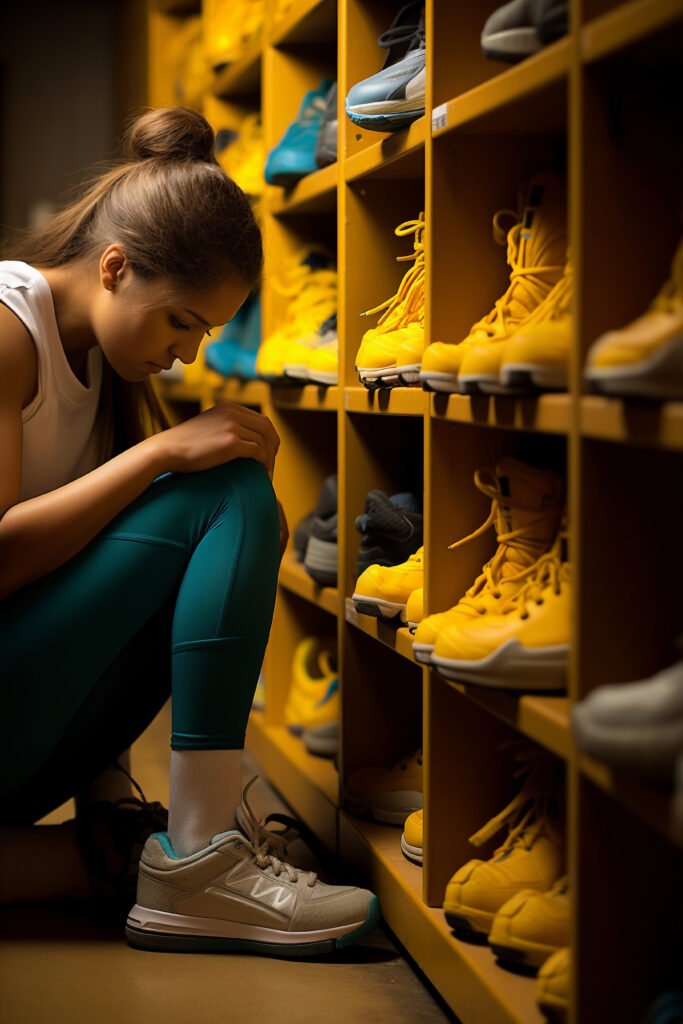
1. Focusing Only on Price
While budget is important, don’t let price dictate your decision. Cheap shoes may not offer the necessary support or durability for serious hikes. It’s wiser to invest in a durable, high-quality pair that will endure.
2. Ignoring Terrain
Not all hiking shoes are suitable for all types of terrain. Buying shoes designed for easy trails when you plan to hike through rocky or steep areas can lead to discomfort and injury. Make sure you choose shoes that match the difficulty of the trail.
3. Forgetting to Consider Weather
If you’re hiking in wet, cold, or humid conditions, you’ll need shoes that can withstand those elements. Waterproof and breathable materials should be a priority in unpredictable weather.
How to Maintain Hiking Shoes for Longevity
Good hiking shoes are an investment, and proper care can extend their life. Below are a few maintenance tips:
1. Clean Them After Every Hike
Dirt and grime can degrade the materials over time. After every hike, clean your shoes with a brush and mild soap. Let them dry naturally in a shaded spot.
2. Use Waterproofing Sprays
Over time, the waterproof membrane in hiking shoes can wear out. Reapply waterproofing sprays or treatments to keep your shoes effective in wet conditions.
3. Store Them Properly
Avoid leaving your hiking shoes in direct sunlight for extended periods, as UV rays can weaken the materials. Store them in a cool, dry place to preserve their shape and durability.
FAQs
1. How long should hiking shoes last?
The lifespan of hiking shoes depends on the type of terrain and frequency of use. On average, they last between 500 to 1000 miles, but heavy-duty boots may last longer with proper care.
2. Can I use running shoes for hiking?
While running shoes may work for very light trails, they lack the support and durability needed for more challenging hikes. It’s always better to use purpose-built hiking shoes for safety and performance.
3. Should hiking shoes be tight or loose?
Hiking shoes should have a close fit without feeling too tight. You should have enough room in the toe box to wiggle your toes, and your heel should feel secure to avoid blisters.
4. Are waterproof hiking shoes necessary?
If you’re hiking in wet or unpredictable weather, waterproof hiking shoes are a must. They will keep your feet dry and comfortable, preventing blisters and other issues caused by moisture.
Conclusion
Choosing the right hiking shoes is essential for unlocking your best performance outdoors. The right pair provides comfort, protection, and stability, allowing you to focus on the beauty of nature rather than discomfort. By understanding the different types, key features, and the importance of a proper fit, you’ll be ready to hit the trail with confidence. Make sure to care for your shoes to ensure they last for years of outdoor adventures!

